

Choosing Healthier Products
What Do We Mean By A Healthier Product?
Generally defined, a healthier building product is one that is known to contain few or be free from chemicals that have adverse impacts on human health. It’s possible to identify building products that fit these standards through an understanding of ingredient transparencies and certifications a product can carry. Described below are transparencies and certifications that identify certain products as less hazardous and how they rank in terms of preventing exposure to the most hazardous substances.
Product Evaluation
How do we ensure that the products and materials we use to build are promoting good health? Certifications and material transparencies are one of the best ways to ensure building product selections are healthier.
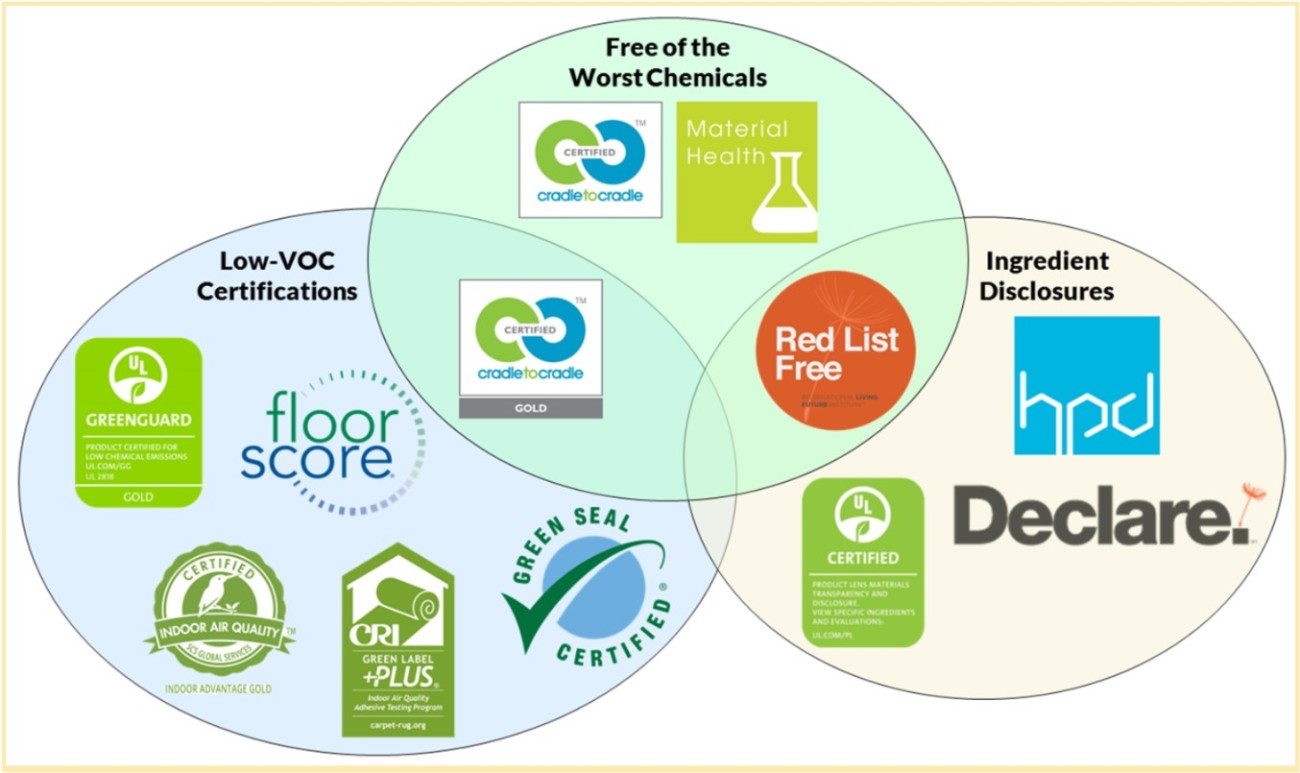
Material Transparency
Building Clean recommends searching for Health Product Declarations, which are developed by the Health Product Declaration® Collaborative, and the Declare label, developed by the International Living Future Institute, for best content transparency resources.
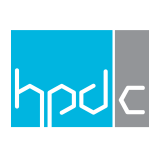
The Health Product Declaration (HPD) increases ingredient transparency through disclosing product content and the related health hazards of building materials. A compliant HPD references an extensive, but finite, group of authoritative chemical hazard lists for hazards screening. HPDs make it clear what information is being shared and what information is not. HPDs are created and managed by manufacturers and are typically found in a manufacturer’s technical data page(s) on their websites.
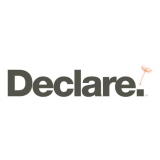
Declare labels are “nutrition labels” for building products. Manufacturers disclose all ingredients at or above 100ppm (0.01%) that are present in the final product by weight. Some Declare labels are only disclosed by the manufacturer (not verified), while others are third-party verified and will be marked as such on the label. Each chemical that is disclosed in the Declare label must contain a percentage or percentage range of its content.
Declare labels include assessment of those chemicals against the Living Building Challenge’s Red List. A “Declared” product has disclosed 100% of their ingredients with at least one ingredient including a chemical on the Red List. Declared products with no ingredients on the Red List make it to the highest declaration status called Red List Free. Read more about the Red List and other ILFI certifications in the section below.
To find Declare products, visit the Declare website or BuildingClean.Ecomedes.org.
Product Certifications
Telling whether a building product has harmful ingredients can be difficult. Manufacturers are not required to disclose their ingredients, and even when they do, it can be challenging to make sense of the information and to determine which ingredients are safe, and at what level.
Product certifications help the building industry make sense of this information by providing testing and certification of products that meet certain benchmarks and criteria. Each certification focuses on its own particular purpose and criterion, and can range from testing VOC levels to ethical sourcing of a product’s raw materials and labor. Third-party certifications are preferred, meaning they are tested and verified by a certifying body that has no affiliation with the manufacturer.
Good, Better, Best Classification
Building Clean uses product certifications to help guide our work in recommending products to affordable housing projects. We use a good, better, best classification to help you determine which product certifications are best for your needs.
Visit www.buildingclean.ecomedes.com to find building products that carry a range of certifications.
You can access a PDF version of our Good, Better, Best list here.
BEST CERTIFICATIONS
Product certifications and labels that are free of the most hazardous content
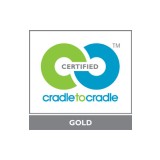
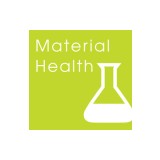


Cradle to Cradle
Cradle to Cradle Certified assesses the safety, circularity and responsibility of materials and products across five categories of sustainability performance: material health, product circularity, clean air and climate protection, water and soil stewardship, and social fairness. The Cradle to Cradle Certified® Product Standard offers a pathway for product manufacturers to make measurable progress towards UN Sustainable Development Goals (SDGs).
Cradle to Cradle Material Health Certification
Cradle to Cradle Material Health Certification (versions 3.1 and 4) certifies compliance of Cradle to Cradle Certification Material Health Section requirements, at the levels of Bronze (less stringent) through Platinum (most stringent). One of the requirements of this certification is compliance with Cradle to Cradle’s Restricted Substances List. Material Health Requirements can be viewed on page 18 of the Cradle to Cradle Certified Products Standard 4.0.
Living Product Challenge
The Living Product Challenge is structured within seven requirement areas called Petals: Place, Water, Energy, Health + Happiness, Materials, Equity, and Beauty. Each petal is therein comprised of Imperatives – a total of 20 – which define the specific requirements that must be achieved by the manufacturer. The program asks manufacturers to engage with every aspect of the product and its manufacturing process, from fair labor practices in supply chains, to material health optimization, access to fresh air for workers, energy consumption and beyond.
Living Building Challenge Red List Free
The Living Building Challenge (LBC) Red List represents the “worst in class” materials, chemicals, and elements known to pose serious risks to human health and the greater ecosystem that are prevalent in the building products industry. Red List Free products disclose 100 percent of the chemicals they contain and affirm that none of those chemicals are on the Red List. Red List and Watch List CASRN Guide.
BETTER CERTIFICATIONS
Product certifications and labels that limit some of the most hazardous content

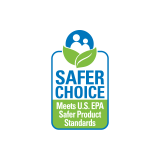

Green Seal GS-11 Certification for paints, coatings, stains, and sealers
Green Seal’s GS-11 leadership standard means a paint, coating, stain, or sealer is verified as safer for human health and the environment compared to similar products while delivering uncompromising performance. The standard covers wall and ceiling coatings, anti-corrosive coatings, floor paints, primers, stains, finishes, and sealers intended for application to wallboard, tile, metal, wood, composite wood, concrete, stone, masonry, and terrazzo substrates, as well as other architectural substrates. GS-11 Certification prohibits the use of several harmful chemicals including Alkylphenol Ethoxylates (APEs) and heavy metals, and includes limits on VOC content and emissions. Download the GS-11 full standard.
The EPA’s Safer Choice Label
The Safer Choice Label verifies that consumer products, including cleaning products, exclude ingredients that are harmful to human health and the environment. Products with this label “must meet strict safety criteria for both human health and the environment, including carcinogenicity, reproductive/developmental toxicity, toxicity to aquatic life, and persistence in the environment”. Safer Choice products restrict VOC content and must also meet performance standards as well as pH standards that minimize injury to skin and eyes.
Living Building Challenge Red List Approved
Through ILFI’s Declare platform, products disclose a minimum of 99% of ingredients present in the final product and meet the Living Building Challenge Red List Imperative requirements through one or more approved exceptions.
GOOD CERTIFICATIONS
Product certifications and labels that ensure low Volatile Organic Compound (VOC) emissions
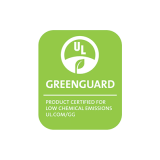

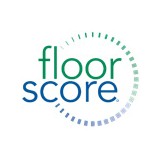
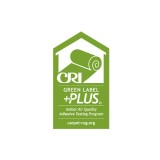
Interior building products should have a low-VOC emissions certification unless it does not emit volatile organic compounds, such as masonry, concrete, stone, ceramic/glass/stone-tile, and unfinished solid wood without coatings or sealants.
These certifications meet the requirements of California’s Department of Public Health (CDPH) “Standard Method for the Testing and Evaluation of Volatile Organic Chemical Emissions from Indoor Sources Using Environmental Chambers, Version 1.2 (2017), also known as California Section 01350.
GREENGUARD Gold
The GREENGUARD Gold Certification standard ensures that building products meet a low threshold of VOC emissions.
Indoor Advantage Gold
Indoor Advantage Gold Certification tests and limits VOC emissions for interior building materials such as architectural coatings, paints, sealants, adhesives, wall coverings, floor coverings, ceiling tiles, and wall paneling.
FloorScore
FloorScore is a low-VOC emissions certification for hard surface flooring materials, adhesives, and underlayments.
Green Label Plus
Green Label Plus is a certification by The Carpet and Rug Institute that tests the VOC emissions of carpets, carpet cushions, and carpet adhesives, and certifies them as low-VOC.
Healthier Product Choices
Building Clean provides sector specific guidance and recommendations on healthier building products. The following sectors are broken down by product types, their specific chemicals and health concerns, what products to avoid, and how to identify products that are fewer in or free from hazardous chemicals. Information in this section draws from and adapts the work of Habitable. Visit Habitable’s Informed website for the most updated guidance.